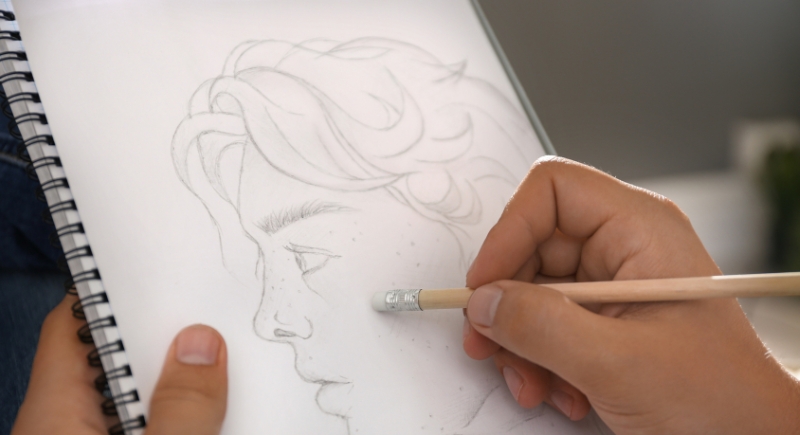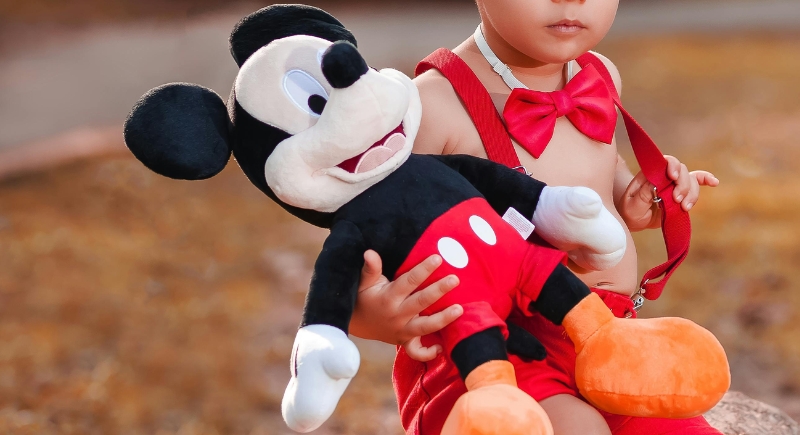The Bizarre Reason So Many Cartoon Characters Wear White Gloves
We all grew up watching cartoons and never really questioned why so many characters wore white gloves. We thought of them as a simple style choice, but their roots lie in the demands of early animation. In the early 20th century, animators worked under strict time limits and dealt with the limitations of film technology, which influenced how characters were drawn. The white gloves made their hands easier to see, faster to animate, and more expressive on black-and-white screens — a simple solution that turned into an enduring trademark.
What started as a shortcut eventually became a recognizable visual feature that audiences still associate with classic cartoon production.
Animation Techniques Prioritized Speed Over Detail

Image via Canva/Africa Images
In the early days of hand-drawn animation, artists had to create thousands of frames to show movement. Each frame included a detailed anatomy, which slowed down the process. To work more efficiently, animators simplified body parts like limbs and hands. Characters were designed with rounded shapes, known as the rubber hose style, which eliminated joints and minimized complexity. Fingers, in particular, took time to animate. Animators reduced that by giving characters only three fingers and a thumb.
Adding gloves provided a clean break between the character’s hand and the rest of their dark body, which helped both in drawing and viewing. Ultimately, simpler drawings meant quicker productions, fewer errors, and a smoother workflow for teams working on tight schedules and limited budgets.
Black-And-White Film Created Visibility Problems
Before color became standard in animated films, black-and-white was the only format available. This created clarity challenges, especially for characters with black or dark-colored bodies. When they moved their hands, the movements often disappeared into the background or blended into their own forms. This made it hard for audiences to follow what characters were doing. White gloves solved that problem. The gloves stood out against dark fur or clothing and gave animators a way to make gestures more visible.
In 1929’s The Opry House, Mickey Mouse wore white gloves for the first time. During a piano-playing scene, the gloves helped define each movement and made the performance easier to read. They served a functional purpose by improving contrast and clarity on screen. Once color cartoon production arrived, the problem of hand visibility became less urgent. Still, the gloves remained because they had already become part of the characters’ established look, and audiences had grown used to seeing them.
Gloves Helped Bridge the Gap Between Animal and Human Traits

Image via Pexels/Jrfotosgrand Fotografia
Early animated characters often looked like animals but behaved like people. Designers needed a way to signal that these characters belonged to the world of humans in terms of behavior and emotion, even if they had animal shapes. Gloves helped make that transition, as hands are expressive, and the gloves drew attention to them. Adding human clothing details—like shoes or hats—also helped, but the accessories made the characters’ actions more relatable.
Walt Disney once explained that Mickey Mouse didn’t have “mouse hands” because that would make him seem too animal-like. The gloves made him easier to animate and helped people view him as more of a person than a rodent. The number of fingers was also part of that change. Reducing the fingers to four made illustrations faster, but it also gave the characters a simplified, cartoon-friendly look that didn’t stray too far into realism. These decisions made anthropomorphic characters familiar without becoming unsettling.